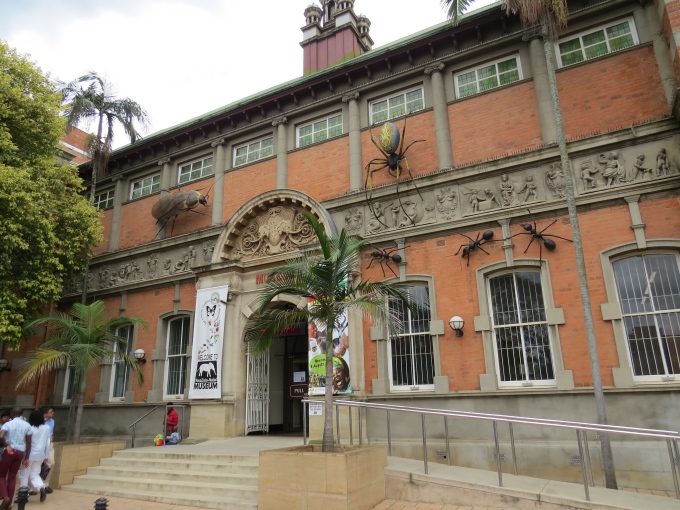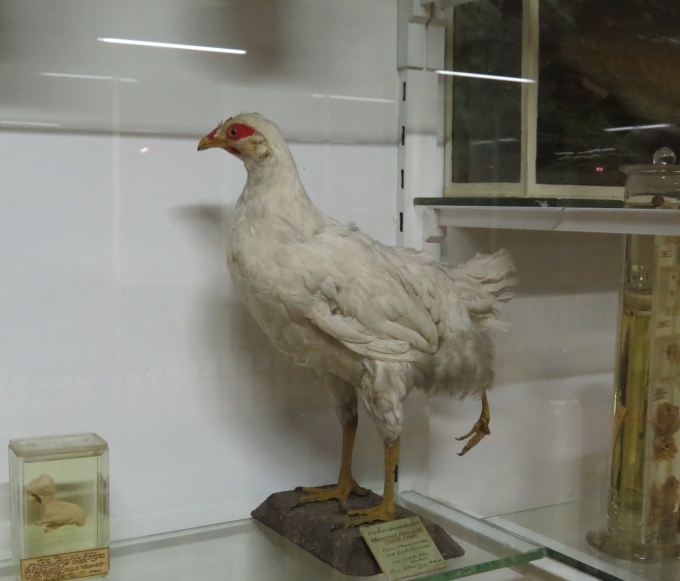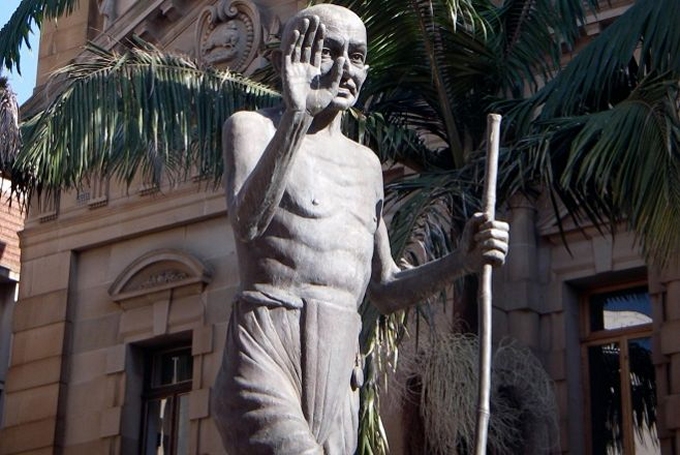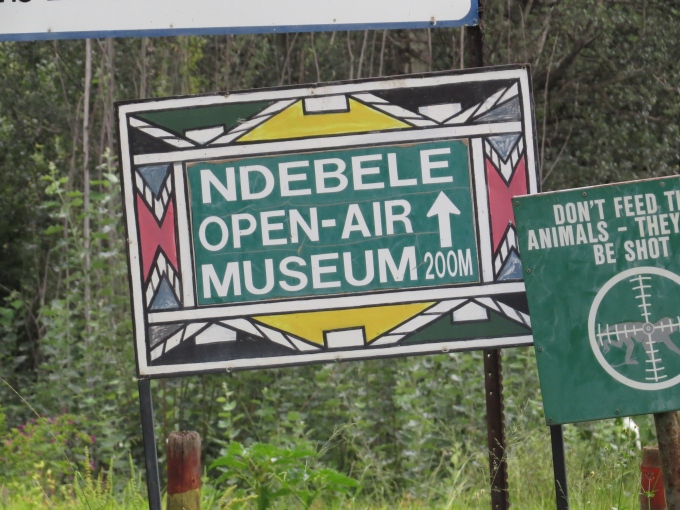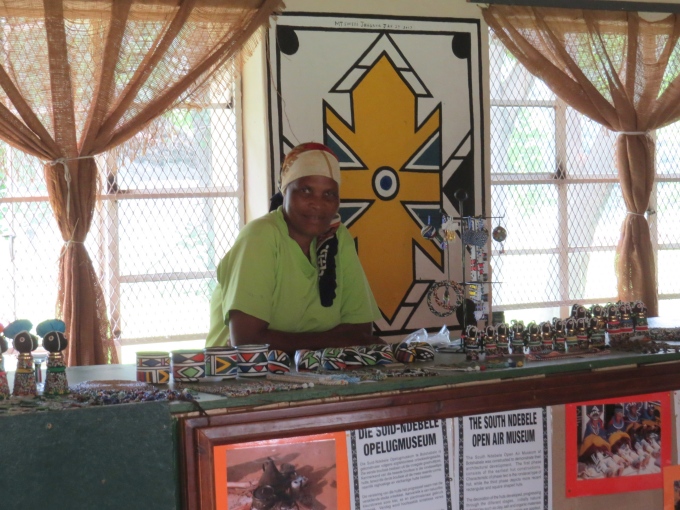Uniquely South African...Food and Drink
/Visiting and traveling in a new country always leads us to experimentation in the eating department … sometimes by choice, other times by necessity. South Africa is known as “the rainbow nation” because of its diversity of people and cultures, each contributing to South African cuisine. We had breakfast at a park camp while traveling recently and we were encouraged to have mealie pap for breakfast. It's the most common hot breakfast porridge (cereal) in South Africa. I think we'd call it grits in the USA. Corn meal or flour is called mealie here. It was bland and filling.
Bunny chow is an interesting concoction and famous in Durban if you're into fast, unhealthy foods sold at the local corner store. Take a half loaf of unsliced white bread, dig out the center and fill it with curry (or other things like chips smothered in cheese sauce). Stick the white bread you pulled out of the center on top to resemble a bunny's cottontail and you've got bunny chow. We tried it for lunch one day. Once was enough.
Biltong is dried, salty strips of meat, much like jerky. The usual is beef, but it's available in all sorts of game varieties … kudu, crocodile, ostrich. We saw signs offering biltong most everywhere we traveled.
We're not sausage fans, so when we saw boerewors at the braai at Shaymoya Lodge, it wasn't an option for me. Add to this the fact that these long sausage are coiled up like intestines or dead snakes and I have to admit, it was not appealing. I'm not feeling guilty about it either.
Ostrich is farmed commercially here in South Africa and available in most grocery stores. It's a lean red meat that tastes fine. You can buy it as steaks or mince (ground). Since I don't eat read meat, but I do eat poultry, it was a quandary. Since ostrich is a big bird, I tried it and liked it and we often have it in place of ground turkey.
Sauces and accompaniments are interesting here in South Africa. Spicy is the key word. Chakalaka is a spicy relish that South Africans like to put on lots of things. When they're not using chakalaka, they pile on the PeriPeri sauce made from African bird's eye chili … think tobasco sauce with more zing. For the more sedate, Mrs. Ball's Chutney is a classic favorite.
In the drinks department, there are some uniquities, too. Rooibos (roy-boss) tea, for instance, is a big seller here. Literally, “red bush”, rooibos is an herbal bush tea made from the leaves of the local Aspalathus linearis plant. I've tried it, but it's not a favorite of mine. Perhaps, it's an acquired taste.
The most popular South African beers are lagers: Castle, Hansa and Carling Black Label. Craft beers and microbreweries are becoming more popular, we're told. We'll certainly sample some if given the opportunity.
Tisers are carbonated fruit juices that are absolutely wonderful. They're available in apple, white and red grape, pear … all of which we've tried and love. New flavors include pomegranate and mango which obviously need to be tried before we leave. By the way, the company is 50% owned by CocaCola.
We've mentioned Amarula before. It is a cream liqueur made from the marula fruit. It's splendid. There's a wonderful African elephant on the label begging for more explanation. Here's the story … legend has it that elephants love the marula fruit (something like a mango) and when they eat rotting fruit on the ground, they become drunk. Scientists have discounted these stories, but the myth persists.
This is a mere sampling of the varied cuisines in South Africa. There's lots we haven't tried yet, like bobotie or koeksister, for instance. From the native cultures to Malay to Indian to Dutch to British to Asian … all have contributed to a melange of tastes and culinary offerings. We're game to try them all (other than the boerewors, that is!).






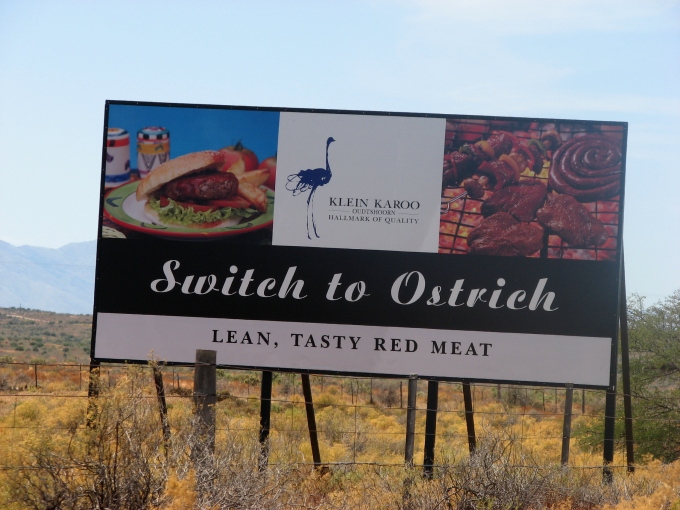



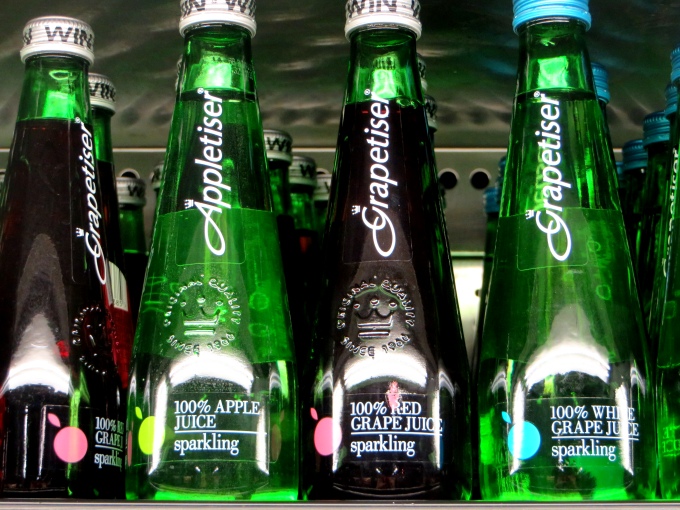

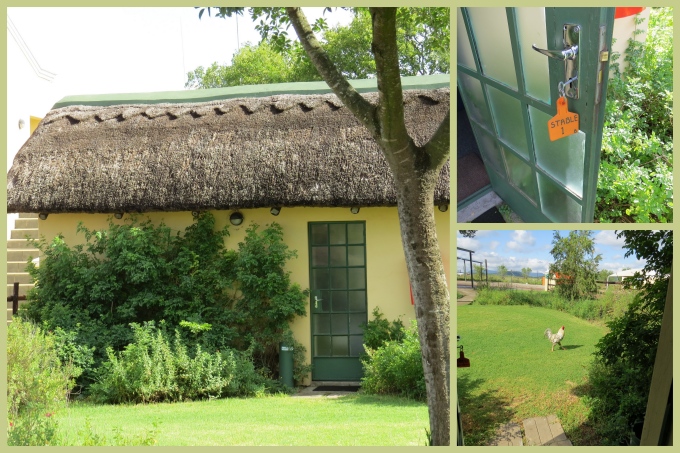
 recently which recounts the 1879 battle at Rourke's Drift. Though perhaps the truth is a bit distorted, it was an interesting movie to watch after having just visited the area.
recently which recounts the 1879 battle at Rourke's Drift. Though perhaps the truth is a bit distorted, it was an interesting movie to watch after having just visited the area.
 travel guide like a novel, taking in every word and description. I hate to miss anything of interest. So when I read that the Natal Museum in Pietermaritzberg (PMB to the locals) was covered in giant creepy-crawlies, I thought it might be worth a stop since we were passing through PMB on our way back to Durban.
travel guide like a novel, taking in every word and description. I hate to miss anything of interest. So when I read that the Natal Museum in Pietermaritzberg (PMB to the locals) was covered in giant creepy-crawlies, I thought it might be worth a stop since we were passing through PMB on our way back to Durban.